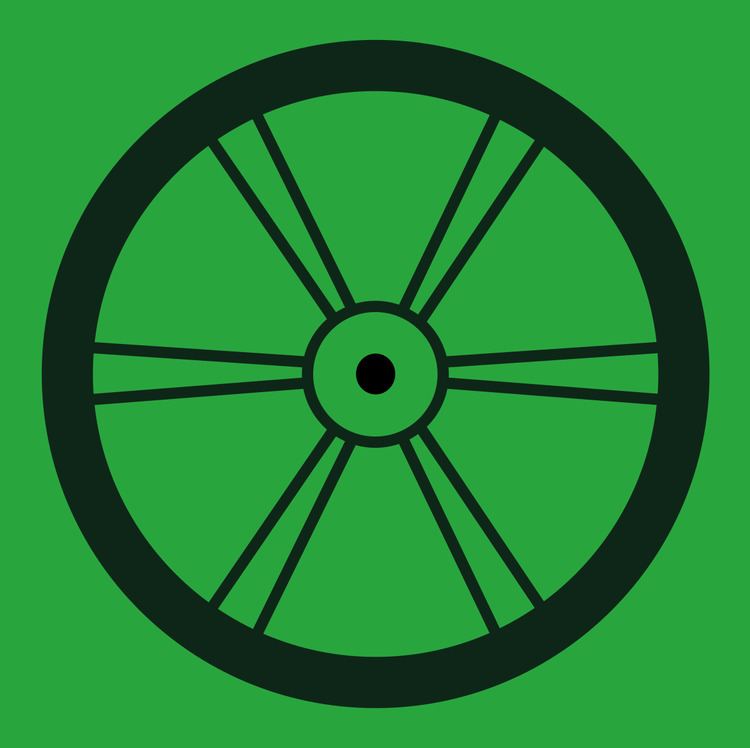Dissolved 1999 Founder V. P. Singh Dissolution 1999 | Founded 11 October 1988 Color Green | |
 | ||
National affiliation National Front (1989-1991) United Front (1996-1998) President H. D. Deve Gowda, V. P. Singh, I. K. Gujral Succeeded by Janata Dal (Secular), Janata Dal (United), Rashtriya Janata Dal, Biju Janata Dal Merger of | ||
India election 2014 janata dal always of left parties says h d deve gowdawda
Janata Dal was an Indian political party which was formed through the merger of Janata Party factions, the Lok Dal, Congress(S), and the Jan Morcha united on 11 October 1988 on the birth anniversary of Jayaprakash Narayan under the leadership of V. P. Singh.
Contents
- India election 2014 janata dal always of left parties says h d deve gowdawda
- Biju babu odisha s greatest son
- History
- Ascent to power
- Janata Dal Factions
- Proposed merger
- References
Biju babu odisha s greatest son
History
V.P. Singh united the entire disparte spectrum of parties ranging from regional parties such as the Telugu Desam Party, the Dravida Munnetra Kazhagam, and the Asom Gana Parishad, together formed the National Front with N.T.Rama Rao as President and V. P. Singh as convenor with additional outside support from the Bharatiya Janata Party and Communist Party of India (Marxist) led Left front they defeated Rajiv Gandhi's Congress (I) in the 1989 parliamentary elections. His government fell after Lalu Prasad Yadav, arrested Advani in Samastipur and stopped his Ram Rath Yatra which was going to Ayodhya on the site of the Babri Masjid on October 23, 1990 and the Bharatiya Janata Party withdraw support V.P. Singh lost a parliamentary vote of confidence on November 7, 1990. In the Indian general election, 1991 the Janata Dal lost power but emerged as the third largest party in Lok Sabha.Indian general election, 1991. Janata Dal-led United Front formed the government after the Indian general election, 1996 with the outside support of the Indian National Congress. But after this the Janata Dal gradually disintegated into various largely regional parties Biju Janata Dal, Rashtriya Janata Dal, Janata Dal (Secular) and Janata Dal (United).
Ascent to power
It first came to power in 1989, after allegations of corruption, known as the Bofors scandal, caused Rajiv Gandhi's Congress (I) to lose the elections. The National Front coalition that was formed consisted of the Janata Dal and a few smaller parties in the government, and had outside support from the Left Front and the Bharatiya Janata Party. V. P. Singh was the Prime Minister. In November 1990, this coalition collapsed, and a new government headed by Chandra Shekhar under Samajwadi Janata Party (Rashtriya) which had the support of the Congress came to power for a short while.Two days before the vote, Chandra Shekhar, an ambitious Janata Dal rival who had been kept out of the National Front government, joined with Devi Lal, a former deputy prime minister under V.P. Singh, to form the Samajwadi Janata Party, with a total of just sixty Lok Sabha members. The day after the collapse of the National Front government, Chandra Shekhar informed the President that by gaining the backing of the Congress (I) and its electoral allies he enjoyed the support of 280 members of the Lok Sabha, and he demanded the right to constitute a new government. Even though his rump party accounted for only one-ninth of the members of the Lok Sabha, Chandra Shekhar succeeded in forming a new minority Government and becoming Prime Minister (with Devi Lal as Deputy Prime Minister). However, Chandra Shekhar's government fell less than four months later, after the Congress (I) withdrew its support.
Its second spell of power began in 1996, when the Janata Dal-led United Front coalition came to power, with outside support from the Congress under Sitaram Kesri, choosing H. D. Deve Gowda as their Prime Minister. The Congress withdrew their support in less than a year, hoping to gain power with the support of various United Front constituent groups, and I. K. Gujral became the next Prime Minister. His government too fell in a few months, and in February 1998, the Janata Dal-led coalition lost power to the Bharatiya Janata Party.
Janata Dal Factions
Proposed merger
Some leaders of Janata Parivar parties have proposed a merger. Janata Dal (Secular) led by H.D. Deve Gowda, Janata Dal (United) led by Sharad Yadav and Nitish Kumar, Samajwadi Party led by Mulayam Singh Yadav, Rashtriya Janata Dal led by Laloo Prasad Yadav, Socialist Janata (Democratic) led by M.P. Veerendra Kumar are expected to join this merger.
